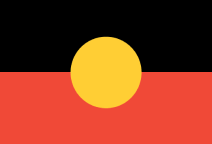Diversity and inclusion are much more than just getting a diverse group of candidates through the door, it’s actually about listening to them once you get them there.
It’s so important that consulting firm KPMG has flipped the focus of some of its diversity and inclusion strategies to emphasise ‘inclusion’.
KPMG associate director Elizabeth Shaw, who works for the firm’s management consulting division and advises on change, culture, leadership, diversity and inclusion says companies can spend a lot of time talking about diversity but neglect the area of inclusion.
“When I think about the difference between diversity and inclusion, I like to think of that saying, ‘diversity is about being invited to the party, whereas inclusion is being asked to dance’, Shaw told a recent CCIWA event on inclusion.
“So diversity is all of our efforts to attract people with different backgrounds and perspectives into the workplace. And inclusion reflects our efforts to ensure that those peoples are respected and valued and able to make a contribution.”
Shaw says getting people through the door is one thing, but your organisation won’t reap the benefits of that diversity unless people are empowered to think differently and share the benefits of their backgrounds and experience.
“Compared to just focusing on diversity, building an inclusive workplace increases the discretionary effort of employees from 6 to 12 per cent and increases their intent to stay with the organisation from 7 to 19 per cent,” she said.
“The research also tells us that focusing on inclusion is also associated with improved job and team performance; higher return on income and productivity; high levels of innovation; greater team engagement and decreased turnover; increased employee well-being and psychological safety; and lower levels of harassment and discrimination.”
Shaw has three tips for businesses when it comes to creating inclusive environments including:
- Challenging bias
- fighting conformity
- inclusive leadership.
1. Challenging bias
Shaw says holding an unconscious bias training session and then thinking the problem will solve itself because everyone is now aware of it is where she sees many organisations falling down.
“Challenging bias can happen in a number of ways. I think the first really is about awareness, people understanding the tendency to favour people who are similar to them and the impact that this can have on organisational performance,” she says.
“I think more action is needed to de-bias people and processes, so ensuring people understand what inclusive practices look like, but also reviewing key processes like recruitment, remuneration and promotion to identify where bias might creep in.”
Shaw says it challenges the approach of people’s natural tendency to gravitate towards and therefore recruit people just like themselves, leaving certain voices, perspectives and ways of contributing more valued than those who do not fit the mould.
2. Fighting conformity
Shaw, who has much experience in the area of gender diversity, says organisations need to bust assumptions that they can get more women into leadership roles if they make them more confident, assertive and more skilled by offering leadership and training courses.
“I think the problem with this thinking is that it promotes and reinforces this very homogenous idea of the ideal employee and the ideal leader,” she says.
“The problem is not to the ability of women, the problem is with the ability of organisations to recognise a greater diversity of experience to harness the contribution of a diverse workforce and to challenge the notion of what leadership looks like.
“For example, if we know that women don’t put themselves forward for promotion at the same rate as men do, why don’t we set up a more interventionist performance management system that proactively identifies women who are ready for promotion?
“Because the problem is, if we try and force women to change to fit in and homogenise, we completely lose the value of diversity in the first place.”
3. Inclusive leadership
Shaw says leaders set the tone and culture of an organisation and unless they reinforce behaviours through what they reward and encourage, their attempts will fail.
“Quite bluntly, you will not be able to have an inclusive organisation, if your leaders aren’t inclusive. They role model behaviour that is noticed at every level.”
She says inclusive leaders welcome perspectives that challenge the status quo, they don’t give their opinion first if they ask for yours and they are curious and interested in other people’s backgrounds and experience.
“Inclusive leaders are self-aware, they’re aware of the potential bias in their decision-making and they consistently challenge their own thinking and behaviours in terms of bias and inclusion.
“Inclusive leaders are open to feedback from a diversity of people, they promote collaboration and value teamwork. And lastly, inclusive leaders build relationships where people feel valued and respected.
“Importantly, they know that people work differently and they understand what individuals need to perform at their best.”






